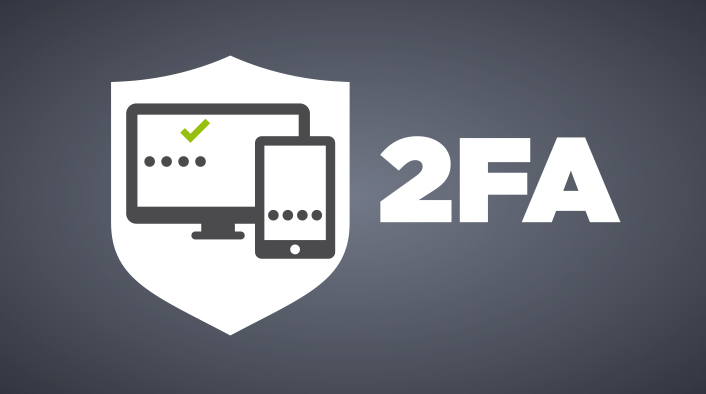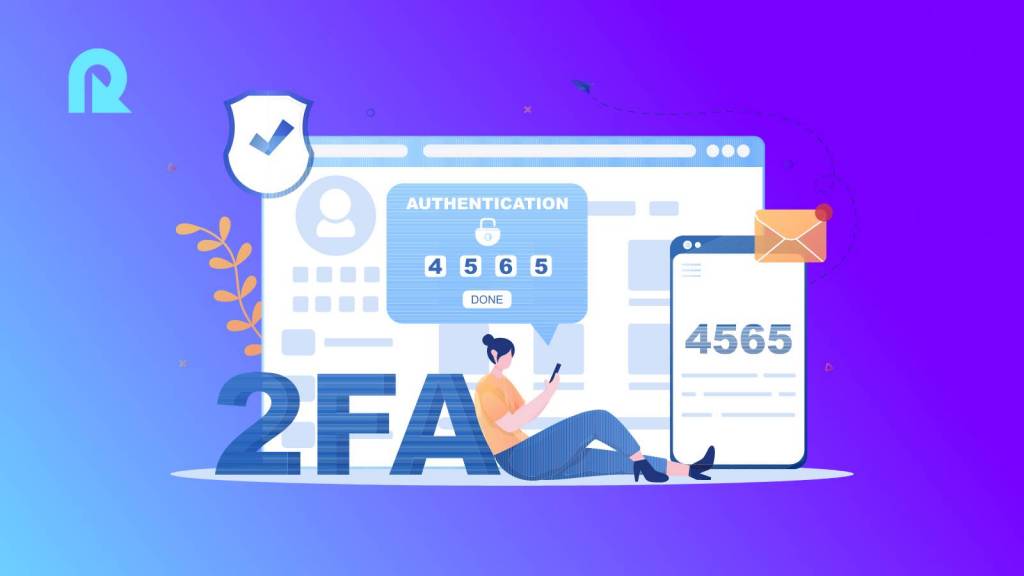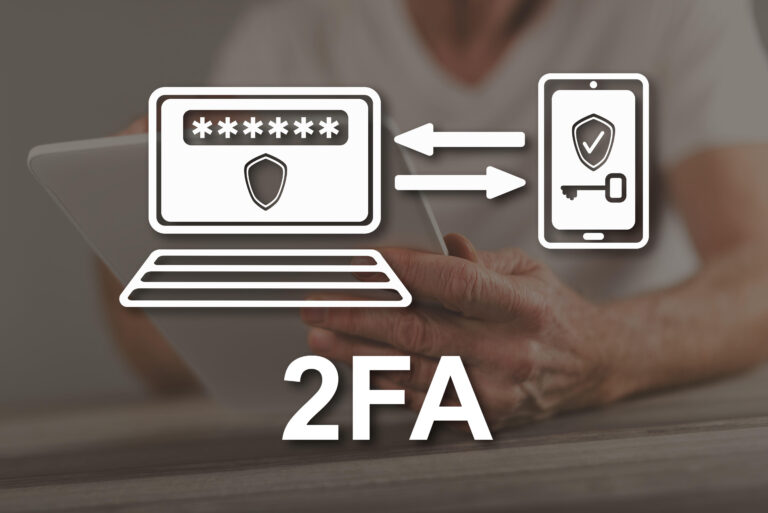Understanding 2FA: The Key to Enhanced Security
In our digital age, the security of online accounts has never been more important. Two-Factor Authentication (2FA) is a critical tool in this ongoing battle against cyber threats. Let’s delve into what 2FA is and explore its numerous benefits.
Thank you for reading this post, don’t forget to subscribe!

What is Two-Factor Authentication (2FA)?
Two-Factor Authentication, commonly referred to as 2FA, is an additional layer of security used to ensure that people trying to gain access to an online account are who they say they are. First, a user will enter their username and password. Then, instead of immediately gaining access, they will be required to provide another piece of information — the second factor.
This second factor could be something you know (like a personal identification number), something you have (like a smartphone), or something you are (like a fingerprint or other biometric method).

The Benefits of 2FA
Enhanced Security
The most significant benefit of 2FA is the added security it provides. By requiring a second form of identification, 2FA makes it much harder for attackers to gain access to a person’s devices or online accounts because knowing the victim’s password alone is not enough.
Mitigation of Password Vulnerabilities
Passwords, while necessary, are often weak, reused across multiple accounts, or can be stolen. 2FA addresses these vulnerabilities by adding an extra security layer, ensuring that an account is not easily accessible even if the password is compromised.
Decreased Risk of Identity Theft
2FA significantly reduces the risk of identity theft, as the perpetrator would need more than just stolen user credentials. This is particularly crucial for protecting sensitive data, like personal information or financial details.
Compliance with Regulations
Many industries now require 2FA as part of regulatory compliance. For example, online banking and health services use 2FA to protect sensitive data, adhering to regulations and ensuring customer trust.
User Trust and Confidence
Businesses that implement 2FA demonstrate a commitment to security, thus building trust and confidence among users. This is increasingly important as customers are more security-conscious than ever before.
Versatility and Convenience
Modern 2FA methods, like mobile app notifications or biometric scanners, offer a balance between security and convenience. Users can authenticate quickly and easily, without memorizing complex passwords or carrying additional devices.
Reducing Fraud and Improving Accuracy
For businesses, 2FA can reduce fraud instances, as it makes unauthorized access significantly more difficult. It also ensures that only authorized personnel access sensitive areas of a business’s system, improving overall security posture.
Cost-Effectiveness
While implementing 2FA may have an initial cost, it is far less expensive than the potential losses from a data breach. Investing in 2FA can save businesses from the hefty costs associated with recovering from cyberattacks.
### Peace of Mind
Lastly, for both individuals and organizations, knowing that accounts are well-protected provides peace of mind. In a world where data breaches are common, this added layer of security can make a big difference.
Conclusion
Two-Factor Authentication is no longer an optional security measure but a necessity in our increasingly digital world. Its ability to provide an additional security layer, safeguard against common vulnerabilities, and enhance user trust makes it an invaluable tool in the cybersecurity arsenal. As technology continues to evolve, so will the methods of 2FA, further fortifying our digital lives against the ever-growing threat of cyberattacks.






